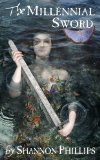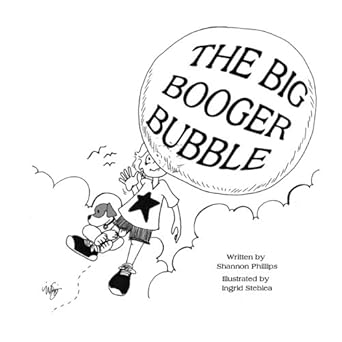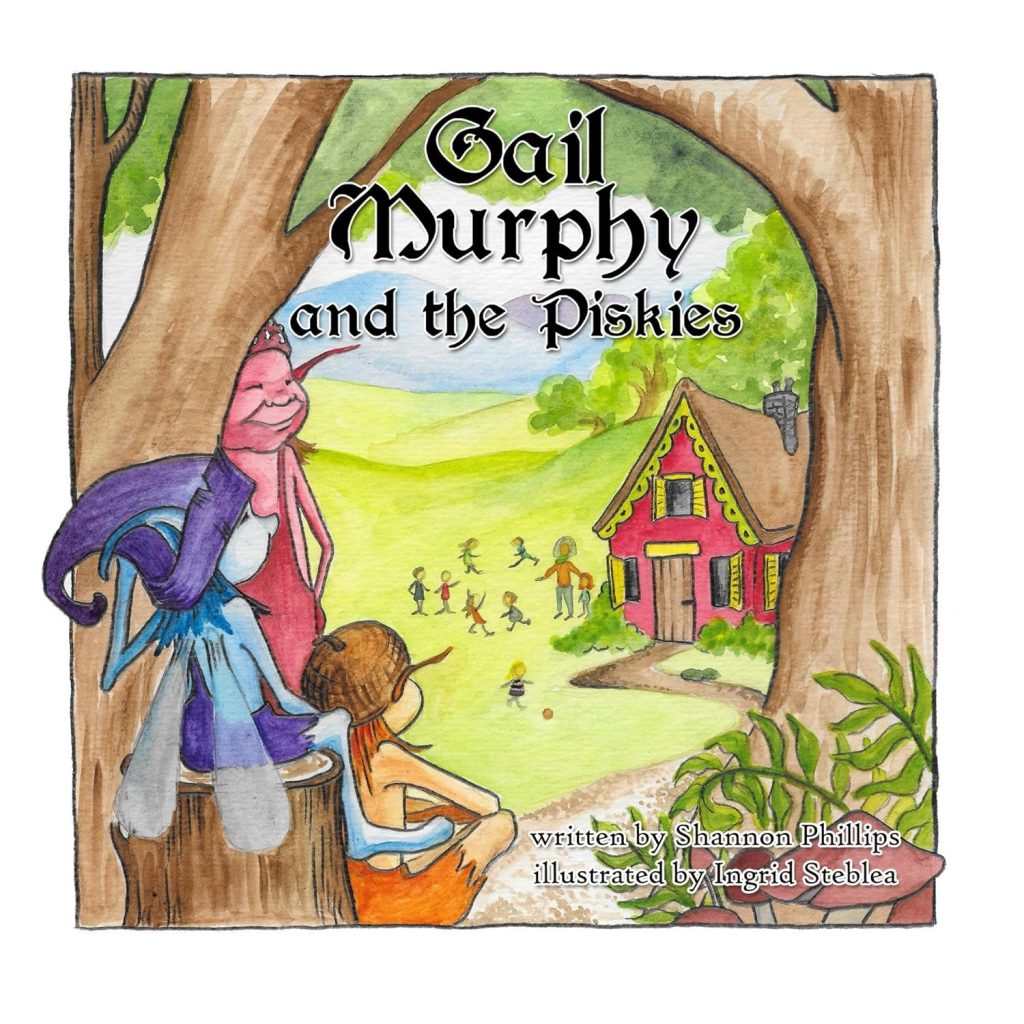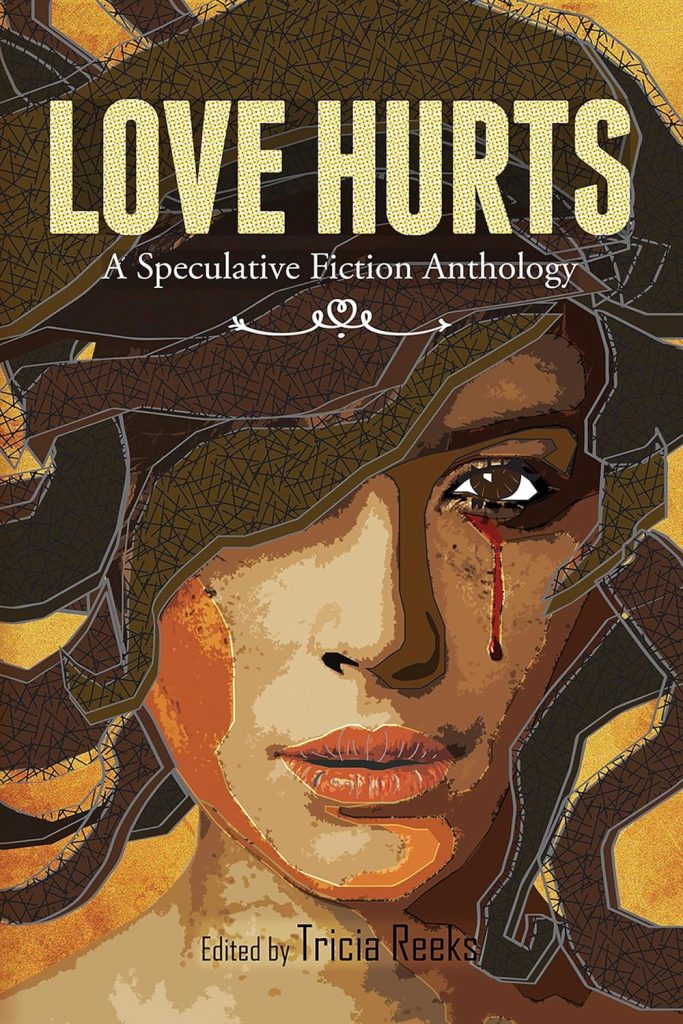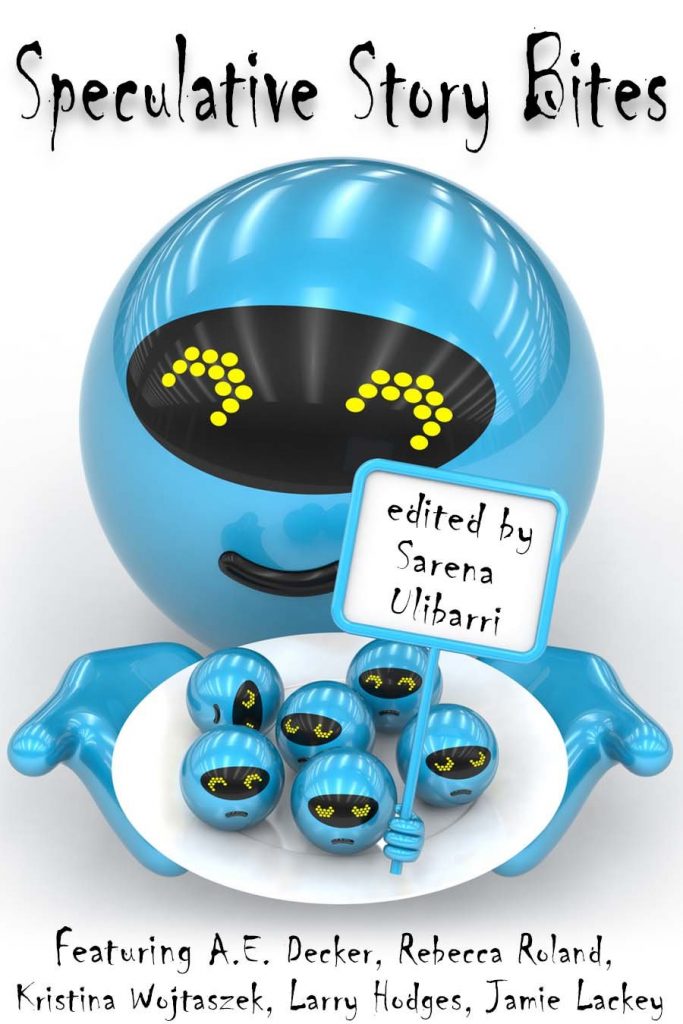Book Reviews: Ruby Coral Carnelian, Seraphina, The Cats of Tanglewood Forest
It would take a harder heart than mine to resist this short (novella-length) fantasy tale, combining as it does so many of my favorite things: apprentice wizards, lost princesses, plucky runaways, sinister boarding schools, and battles of wits with evil sorcerers. The plot in a nutshell: three teenagers flee from a pair of evil spellcasters (the Ruby Warlock and the Coral Sorcerer), and must learn to trust in each other and their own strengths in order to survive.
Ruby Coral Carnelian proceeds with the logic of dreams, which pays off in lovely moments like the one where the protagonists enchant themselves down to miniature size and catch a ride on the wings of a seagull. At the same time there’s a modern, real-world sensibility at work in the treatment of themes such as abuse or nonconforming gender identity. Borsellino is a fine writer, and the plot unspools at a swift and absorbing pace.
The three protagonists are each likable in their own ways, and while the fantasy setting isn’t very fleshed out, the magic system is given some unique and vivid touches. It’s a world that could embrace expansion: the story is stand-alone, but rich enough to support sequels. A quick, fun read.
This, on the other hand, seems like the kind of thing that ought to be right up my alley—psychic half-dragon heroine! her sassy princess friend! court intrigue!—and yet somehow…it wasn’t. I didn’t like the dragons, I didn’t like the self-hating heroine, I didn’t like the love triangle with the princess’ fiancé, and at the end of the book I mostly felt relieved to be quitting the story of all these unpleasant people.
Speaking of stories that I really like? You can’t go wrong with “plucky orphaned girl swept up into a fairy tale.” And this one has an Appalachian setting, which softens my heart even more (I’m from the Ozarks, which are very similar in terms of folk traditions and culture). The story and the writing are great.
On top of all that, this book is absolutely gorgeous as a physical object. It’s illustrated by Charles Vess, and the art spills around the text in and lush and magnificent fashion, making every page a jewel.
It’s just too bad about the racism.
Not intentional racism. See, Charles de Lint, well meaning Canadian that he is, loves Indian legends…and there’s nothing wrong with that. He wanted to draw from some of those stories in his writing, along with Celtic folklore and so forth. And that’s the kind of thing that can be done well, but it does start to bump into some thorny issues of cultural appropriation. (One example of a white author who draws from Indian traditions in a way that seems respectful and informed is Ursula K. Le Guin.)
Unfortunately, what de Lint decided to do was try and skirt those issues by making up a fake Indian tribe, the “Kickaha,” and making up some legends for them that, you know, seem Indian-like. Never mind if he mashes together stuff drawn from completely different cultures—and I mean like, taking stuff from Great Plains tribes and adding them to an Eastern Woodlands context. Completely different cultures. As a result, the Kickaha don’t feel the least bit authentic. They run around in buckskins and they speak in mysterious riddles and for some reason they have Anansi stories (cause, you know, African folklore is cool too!) and they are a mess. They are a mess. The Kickaha are essentially the literary equivalent of somebody going “ching chong chee!” to represent a Chinese language. They are the literary equivalent of a trustafarian wearing a war bonnet to go clubbing. They are super not okay.
I’m not the first to point this out. De Lint has heard it before, and he feels pretty damn defensive about it, too. From an interview:
The first time I got toured in Canada was for Memory and Dream. And I was very surprised—everyplace I went they talked about cultural appropriation. I was constantly asked by journalists about it. And it really struck me as kind of odd. The whole concept to me is weird. I figure I should be able to use all the colours on the palette. Since that time I’ve seen more of the discussion. Writers like Sherman Alexie. Who I really love as a writer, but I dislike his politics, because he’s so racist—so anti-white. He says you can’t write from Native points of view. Just write what you know, from your own point of view, your own culture. But he has women in his books, and he has white people in his books. What’s the deal here? My background is Dutch, Spanish, and Japanese. So can I only write about characters with that background who are in their 40s and live in Ottawa?
Facepalm. So this is all very Cultural Appropriation 101. Short answer: nobody is saying that authors can’t write outside their own background, just that you will get yelled at if you do it in a crappy fashion. And the Kickaha are totally crappy.
In another interview de Lint showed sliiiiiightly more awareness:
The Kickaha, I made them up because I wanted them to have certain aspects. It’s loosely based on an Algonquin language group, so I leave in certain things specific to that. I just wanted to have that opening to be able to throw in a few other things, like some of the animal people stuff that I didn’t find that tradition. Like Coyote. Now, although coyotes are physically in eastern woodlands, they’re not in the folklore. The tricksters are different. There’s Whiskey Jack and there’s a hare, stuff like that. But I just like Coyote, so I wanted to be able to use him. So it’s not a matter of me trying to marginalize the Native beliefs, it’s more a matter of my trying to use a specific kind of idea but not based on anything that’s real, simply because I wanted the freedom to explore without Native peoples saying “Well you can’t say, that’s not what we believe.” Because I don’t know. I’m not a Native American. I can’t write from that perspective.
Right. You can’t. Or maybe you could, Mr. de Lint, if you were careful and respectful about it, but your fake Indian tribe is every bit as offensive (I’d argue more offensive) than trying to write about a real Algonquin tribe and getting it wrong. And it is marginalizing, it’s incredibly marginalizing to say “well it doesn’t matter what the Algonquin peoples actually believe, I’m going to take what I like from their stories and mix it up with the stories of these other different people over here, because who can tell any of these people apart anyhow.” Ching chong chee!
So anyway, back to The Cats of Tanglewood Forest. I loved everything about this book except for the Kickaha. I really like de Lint as a writer and I think he means well, but his fake Indians are awful.





